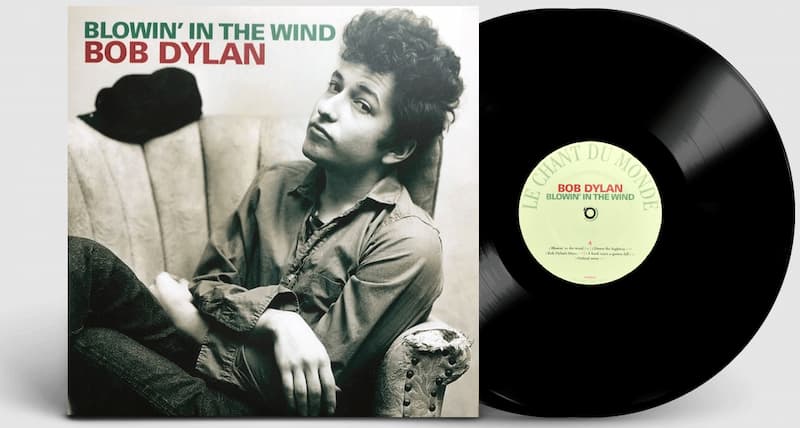
In just ten minutes one early spring, a song was born that would quietly stir a generation and echo through the halls of history. Bob Dylan’s “Blowin’ in the Wind,” penned in a small Greenwich Village café, rose from a subtle political chat that softly fizzled into silence. Today, this song remains a timeless call for change and reflection.
Written in 1962 within the walls of The Commons café, Dylan’s swift creation seemed almost effortless. It first touched the public ear months later with a brief debut at Gerde’s Folk City, originally offering just two verses before Dylan expanded it. The song draws deeply from the soul of African-American spirituals, particularly “No More Auction Block,” which Dylan openly embraced as its melodic bedrock. This lineage, Dylan once called “using what’s been handed down,” threading past struggles seamlessly into the present.
“Bob was always about capturing the moment, the truth in the air,” says Ellen Stewart, a longtime friend and early folk scene participant. “Blowin’ in the Wind was less a protest and more a profound question laid bare.”
When Columbia Records launched Dylan’s sophomore album, “The Freewheelin’ Bob Dylan,” in 1963, most tracks were original — a bold departure from the folk covers that preceded it. Though Dylan’s rendition never reached the charts, it was the cover by Peter, Paul and Mary that catapulted the tune to historic heights. Their version soared to number two on the Billboard Hot 100, stayed atop the Middle-Road chart for five weeks, and claimed two Grammy Awards. Their powerful live rendition before a massive crowd at the 1963 March on Washington fused the song into the civil rights movement’s heartbeat.
Dr. Samuel Torres, a music historian with a focus on protest movements, explains,
“‘Blowin’ in the Wind’ captured the uncertainty and yearning of the 1960s. Though Dylan denied it was a protest song, it unveiled society’s wounds and desires with raw poetic grace.”
The song is a series of pondering questions — about freedom, peace, and truth — presented not with answers but with a whispering refrain that “the answer is blowin’ in the wind.” This haunting uncertainty proved fertile ground for many artists, from Stevie Wonder to Joan Baez to Dolly Parton, to weave their voices into its fabric. Sam Cooke’s soulful anthem “A Change Is Gonna Come” found inspiration here, encapsulating the shared hope for racial justice.
Rumors once swirled, with a false claim surfacing that a New Jersey high school student, Lorre Wyatt, penned the song. The tale was discredited years later, but it underlined how powerful the song’s message was—one that countless people felt a deep ownership of. Dylan himself brushed off these stories, maintaining the song was authentically his.
Remarkably, Dylan revisited this classic decades later, collaborating with producer T Bone Burnett to remake the song using cutting-edge Ionic Original technology. The unique disc, sold in a high-profile auction for an astonishing £1.5 million, reaffirmed this song’s enduring value.
The spiritual symbolism of “Blowin’ in the Wind” even reached the highest echelons when Pope John Paul II referenced its metaphorical wind as a representation of spiritual truth. Dylan’s own live performance at a Catholic church congress further demonstrated the song’s remarkable ability to cross boundaries beyond politics and protest.
While many lines are known by heart, the haunting verses ask profound questions:
“How many roads must a man walk down / Before you call him a man?” and “How many deaths will it take till he knows / That too many people have died?”
Every question drifts on the wind, unanswered yet impossible to ignore. It’s these enduring mysteries that continue to compel listeners worldwide — especially older generations who lived through the turbulent 1960s — making “Blowin’ in the Wind” far more than a song, but an eternal reminder of the struggle for freedom and dignity.